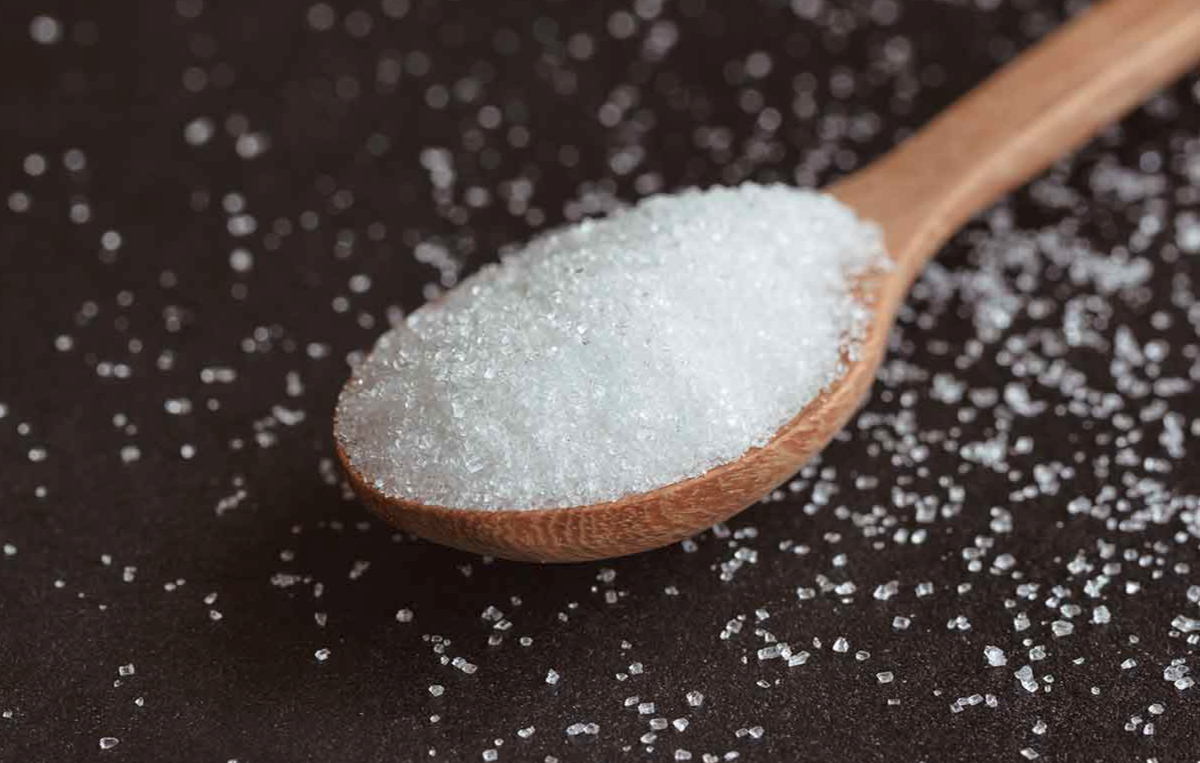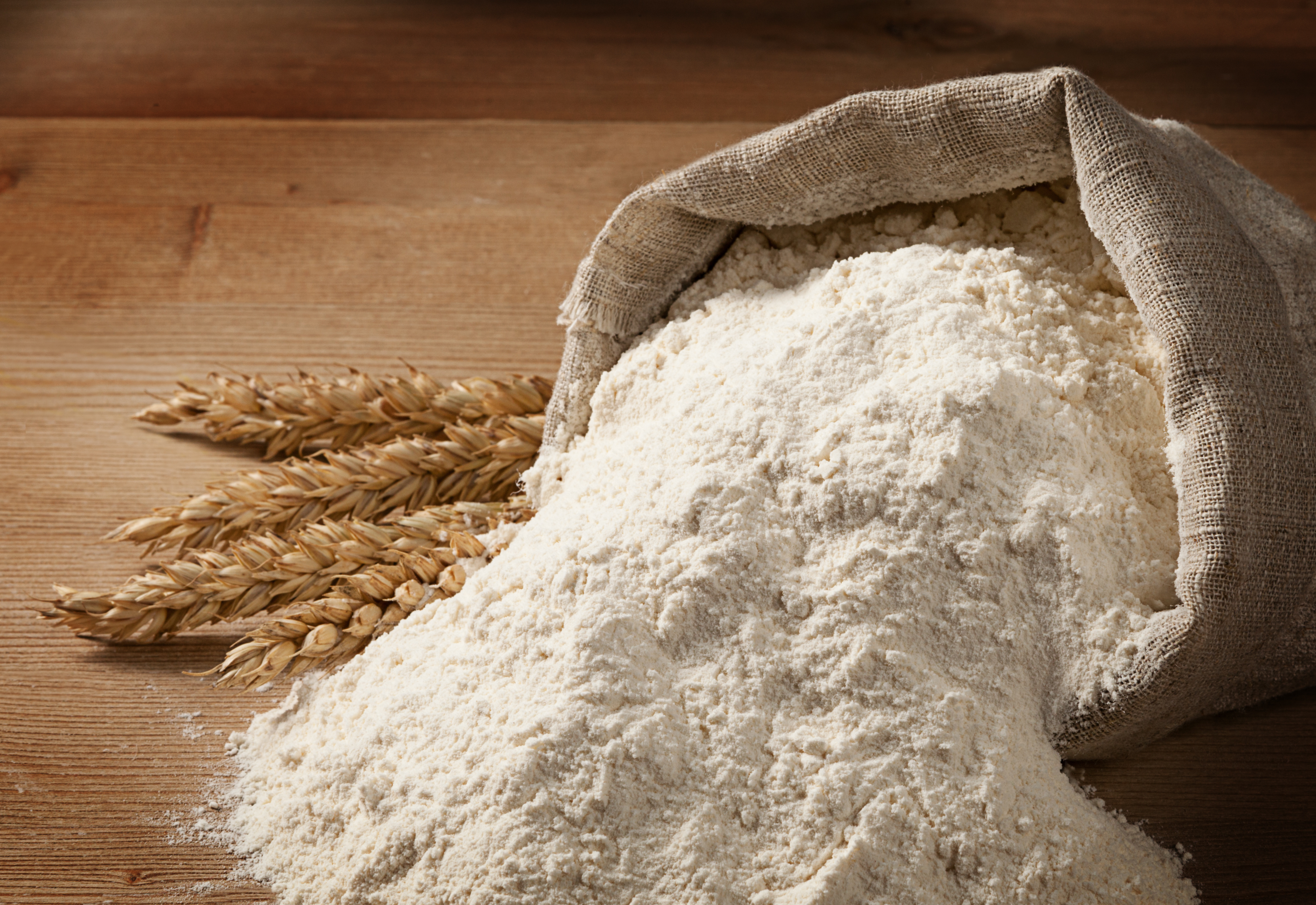KANSAS CITY — Health and clean label are two desirable attributes in most food and beverage categories. In sauces, dressings and marinades, the attributes show up prominently in choosing alternative sweeteners for sugar reduction and choosing starches consumers perceive as clean label.
“Some sauces, dressings and marinades have a surprisingly high level of sugar,” said Adrienne Pohrte, technical manager for soups, dressings and marinades for Tate & Lyle P.L.C. and based in Hoffman Estates, Ill. “Not only used to sweeten, (sugars) also help balance acidic components such as vinegar and provide body/thickness.”
High-intensity sweeteners like sucralose or stevia may be added to maintain a certain sweetness level when sugar is reduced, she said. Starches, gums and fibers have been shown to help build back a similar consistency to compensate for the loss in viscosity when sugar is removed.
“We’re seeing a lot of formulation activity and launches in barbecue sauces and dressings using allulose for sugar replacement,” Ms. Pohrte said.
Sugar reduction with allulose became attractive last April when the U.S. Food and Drug Administration said it would exercise enforcement discretion to allow allulose, a rare sugar, to be excluded from the total and added sugars declarations on the Nutrition Facts and Supplements Facts labels. Allulose has fewer calories, produces only negligible increases in blood glucose or insulin levels, and does not promote dental decay, according to the F.D.A.
"Sugar, salt and fat reduction in sauces, dressings and marinades is quite complex. Each product is unique and requires an in-depth understanding of the functionality and interactions of the ingredients being replaced within the sauce recipe." — Dave Bender, Griffith Foods.
Allulose has been shown to reduce sugar while building back solids, bulking, browning and freeze point depression properties that may be lost when sugar is removed, said Ron Pagaoa, senior marketing manager, savory segment for Ingredion Inc., Westchester, Ill.
“High-potency sweeteners like Reb A and Reb M stevia sweeteners can deliver clean-tasting sweetness at specific usage levels without contributing to bitterness,” he said. “Erythritol, maltitol and sorbitol are examples of polyols contributing sweetness, bulking and to some degree even calorie reduction. Glucose syrups, glucose syrup solids, maltodextrins and dextrose can also provide bulking and sweetness.”
Reducing fat content may be another goal when formulating sauces, dressings and marinades.
“Sugar, salt and fat reduction in sauces, dressings and marinades is quite complex,” said Dave Bender, global vice-president, research and development, for Griffith Foods, which has a U.S. office in Alsip, Ill. “Each product is unique and requires an in-depth understanding of the functionality and interactions of the ingredients being replaced within the sauce recipe.
 “Since consumers are demanding healthier products with more transparent labels, there are opportunities to use ingredients such as pure maple syrup, agave nectar and malted barley extracts to replace refined sugar, high-fructose corn syrup and artificial sweeteners.”
“Since consumers are demanding healthier products with more transparent labels, there are opportunities to use ingredients such as pure maple syrup, agave nectar and malted barley extracts to replace refined sugar, high-fructose corn syrup and artificial sweeteners.”
Sugar reduction is unlikely to be a one-to-one replacement.
“Sugar does more than provide sweetness to a product,” he said. “It can reduce sourness, increase shelf life, and add mouthfeel and texture to sauces, all of which must be considered when creating a recipe for reduction or replacement. Therefore, a combination of ingredients is necessary to replace specific attributes that sugar provides to the sauce.”
When fat is reduced, specific gums or starches may provide the desired thickness and viscosity.
“For water-continuous emulsions like mayonnaise-type products, fat (and/or oil) levels can be significantly reduced by using specific fibers that provide the required viscosity and mouthfeel,” Mr. Bender said. “This type of development is generally about finding the right balance between taste, texture and nutritional benefits.”
Removing fat causes a change in mouthfeel, Ms. Pohrte said.
“One needs to use a starch to mimic the lubricity and richness,” she said. “Flavor adjustment may also be needed.”
Finding alternatives to modified starches is a way to achieve clean label status in sauces, dressings and marinades.
Siemer Specialty Ingredients, a division of Siemer Milling Co., Teutopolis, Ill., offers heat-treated wheat flour. Besides its food safety benefits, heat-treated wheat flour is a highly functional ingredient in various applications using various levels/styles of heat treatment, said Rob Ferguson, senior account executive. It may be treated specifically to replace chemically modified starches in soups, sauces and gravy.
 “It performs like a ‘cook-up’ starch providing hot pasting viscosity, cleaner flavor profile with a clean ingredient declaration,” he said.
“It performs like a ‘cook-up’ starch providing hot pasting viscosity, cleaner flavor profile with a clean ingredient declaration,” he said.
Other benefits of heat-treated wheat flour include lower sodium content, improved flavor profile, freeze/thaw cycle benefits, shear stability, pH stability, steam kettle to retort to freezer stability, improved mouthfeel and quick dispersion, Mr. Ferguson said.
Tate & Lyle offers a Claria line of starches that have the functionality of modified starches but appear on the ingredient statement as corn starch or tapioca starch, Ms. Pohrte said.
Ingredion offers Homecraft Create multifunctional rice flours that bring the process tolerance and shelf life stability of modified starches with smoother creamier textures and opacity, Mr. Pagaoa said. They appear as rice flour on ingredient labels.
Homecraft Create multifunctional tapioca flours provide similar functionality as modified starches and appear as tapioca flour on ingredient labels, he said.
“These flours offer a superior eating experience in sauces, dressings and marinades while providing improved product stability, shelf life, viscosity, smooth texture with no gelling or syneresis and improved freeze/thaw performance,” Mr. Pagaoa said.





